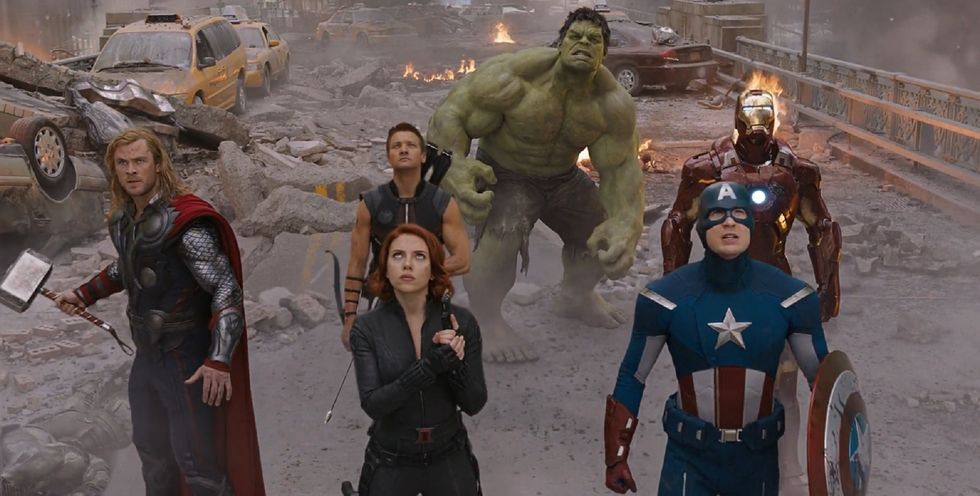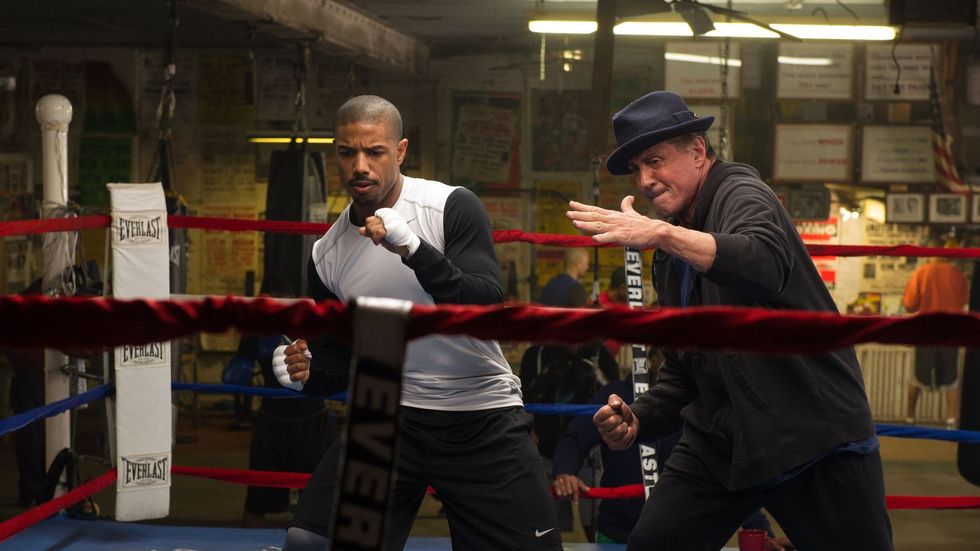
Who doesn’t love a good action movie? They have fun characters, great set pieces, and keep you on the edge of your seat for two hours.
But they’re not easy to write or easy to brainstorm.
A great action spec has to stand out from the crowd and showcase your voice.
Crafting an enthralling action movie script is a tall order that requires an intricate blend of dynamic conflict, high-stakes, and compelling characters.
It’s not just about penning explosive car chases, intense shootouts, or nail-biting stunts; it’s also about immersing your audience in a fast-paced, edge-of-the-seat narrative that reveals character depth and advances the story. This comprehensive guide explores the key elements to consider when venturing into action movie screenwriting.
Let’s punch this out together.
1. Understanding Action Movie Screenwriting
‘The Fast and the Furious’
Credit: Universal Pictures
Before diving into the specifics of writing impactful action sequences, it’s essential to grasp the essence of action movie screenwriting.
Action is a specific genre.
Unlike other genres, action films are adrenaline-fueled roller coaster rides, demanding a precise blend of high-octane sequences and relatable characters.
You want to see fights, chases, and everything in between.
These elements should intertwine seamlessly to create a compelling narrative where each action sequence propels the plot forward while revealing more about the characters.
2. The Dual Nature of Action Sequences
‘John Wick 2’
Credit: Lionsgate
Maybe my favorite thing about writing action movies is that everything has a purpose and a secondary purpose. You’re using these huge set pieces to deliver something meaningful and character-based.
It’s not easy to do, but it is fun when you get it right.
Action sequences are the lifeblood of any action film, providing the adrenaline rush that audiences crave. However, they can be written in two distinct ways: granular and general.
Let’s break those down.
Granular Approach
Some screenwriters, like Derek Kolstad who wrote John Wick and Nobody, prefer a granular approach. The granular approach means detailing every punch, gunshot, and car chase.
In case you care, this is actually what I do as well. I like this approach because it gives me control of specific moments and allows me to make sure the action is vivid, precise, and easy to visualize for an engaged reader.
But it’s not the only way to do things.
General Approach
Other screenwriters opt for a more general approach, providing an overview of the action sequence without delving into the nitty-gritty. We see that in a lot of Marvel movie screenplays.
Writers will generally provide what happens in the scene without going into the nitty gritty. They still include the narrative beats but in a much more general way.
3. Crafting Engaging Fight Scenes
‘Creed’
Credit: Paramount Pictures
Fight scenes are an integral part of action movie screenwriting. And, let’s be honest, it’s why we see these movies!
I love watching Jackie Chan and Bruce Lee kick ass, or Dwayne “The Rock” Johnson breaking through walls.
These scenes can be written in various ways, from getting into the minutiae of each punch and kick to providing a broad overview, as we mentioned earlier.
But the point is, they have to happen.
These scenes are crucial to building excitement and character. So write them in a way that exemplifies both. Dig in and bring this stuff forward. Are your characters crafty? Brutish? Let the ideas flow.
4. Drawing in Your Reader from the Start
‘The Matrix’
Credit: Warner Bros. Pictures
The opening scenes of your script is critical in capturing the reader’s attention. The first few pages should instantly draw the reader into your film’s world, setting the tone and establishing the stakes.
Whether it’s a high-speed chase, an intense shootout, or a tense standoff, the opening action sequence must be compelling enough to hook the reader and make them want to read on.
So what does your opening scene tell about your script?
5. The Importance of High Stakes

Credit: Walt Disney Studios Motion Pictures
High stakes are a crucial element of any action film. They create tension, make the audience care about the characters, and drive the narrative forward.
Whether it’s a fight for survival, a race against time, or a mission to save the world, the stakes must be real and significant enough to engage the audience.
Think about how Marvel movies use stakes to show the importance of their heroes. You can go as big as that, or do something like Die Hard, where the stake is your life and the life of your wife.
Just show us why they are important to the people in the movie.
6. Character Through Action

Credit: Miramax Films
Character development is just as important in action films as it is in any other genre. Action sequences should reveal character traits, helping the audience understand and connect with them.
Whether it’s their bravery, resourcefulness, or determination, every action sequence should contribute to character development.
In Kill Bill: Vol 1 and Vol 2, we constantly are learning who the Bride (Uma Thurman) is as we go. She’s a skilled fighter, a mother, and a jilted lover — all of these elements of her character come out in action sequences, and we learn how ruthless and determined she is along the way as well.
7. The Art of Plant and Pay Off

Credit: Warner Bros. Pictures
Planting and paying off is a classic narrative technique used frequently in action movie screenwriting. It involves subtly setting up plot elements or items early in the story, which become significant later on.
The “plant” creates anticipation, and the “payoff” delivers a satisfying resolution, making the action sequences more engaging and impactful.
I think plant and payoff is the only rule in all of screenwriting that really matters. In action, it’s those moments that make us recall something fun that occurred earlier or a detail we may have missed.
8. The Failure is Key to Action Sequences
‘Saving Private Ryan’
Paramount
You learn the most about a character when they do not get their way. What happens when their back is against the wall? What about when they have hurdles or other goals they do not exceed?
Character failure is an essential component of action movie scripts. It raises the stakes, increases tension, and drives character development. By allowing your hero to fail during action sequences, you make them more relatable and human, deepening the audience’s emotional investment in their journey.
We don’t want a hero who wins every fight. We want to watch people who try.
9. Writing Action Sequences in a Screenplay
‘RRR’
Credit: Pen Studios
Writing action sequences in a screenplay requires a delicate balance of pacing, description, and excitement.
These sequences should be clear, concise, and visually compelling, immersing the reader in the action. They should also serve the story, advancing the plot, and revealing more about the characters.
Make sure the audience knows what’s happening where, and what;’s at stake in every scene.
Is there a button that needs to be pushed, a vial of antidote rolling around?
We should feel every story beat.
Summing Up How to Write Action Movie Screenplays
Writing an action movie screenplay is a challenging yet rewarding endeavor. It requires a deep understanding of the genre, a knack for crafting engaging action sequences, and the ability to create compelling characters.
By incorporating these elements into your script, you can create a thrilling, action-packed narrative that captures the essence of the genre and resonates with audiences.
Now stop reading and go get writing!



















